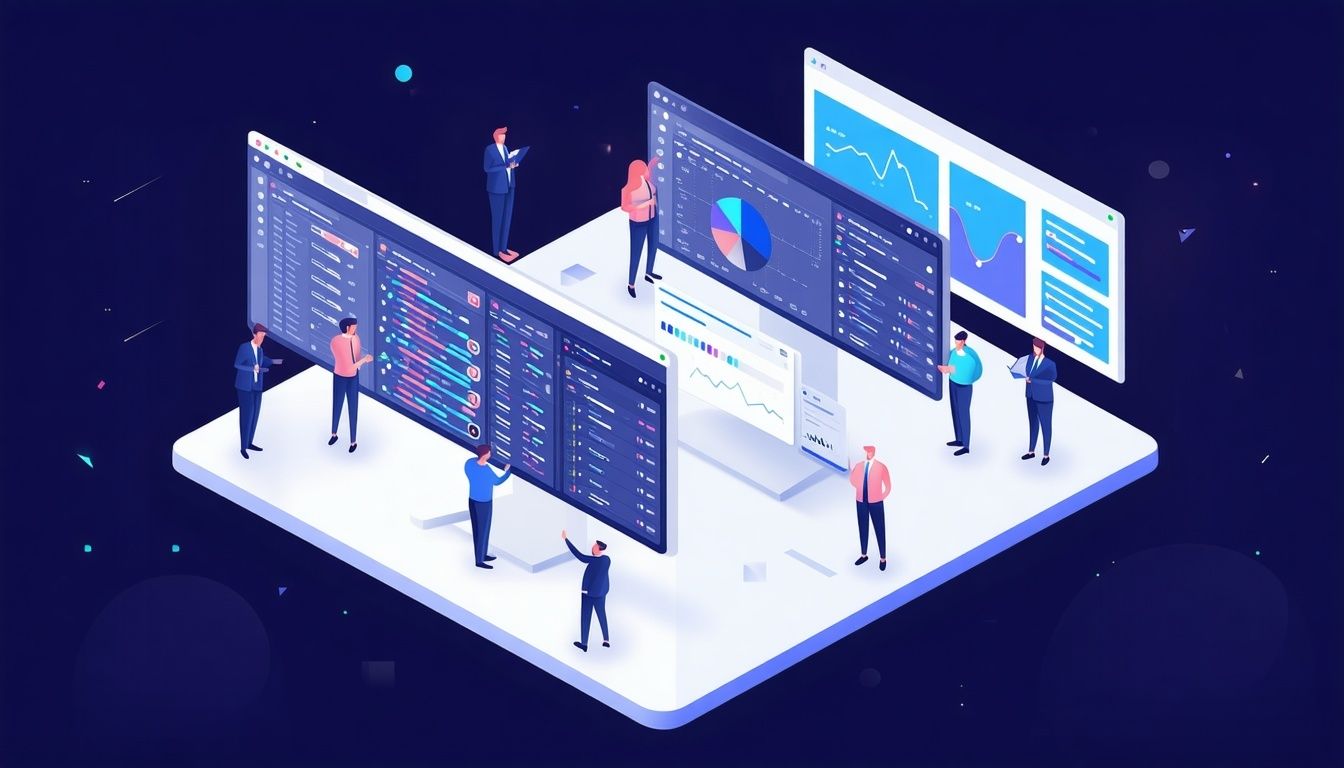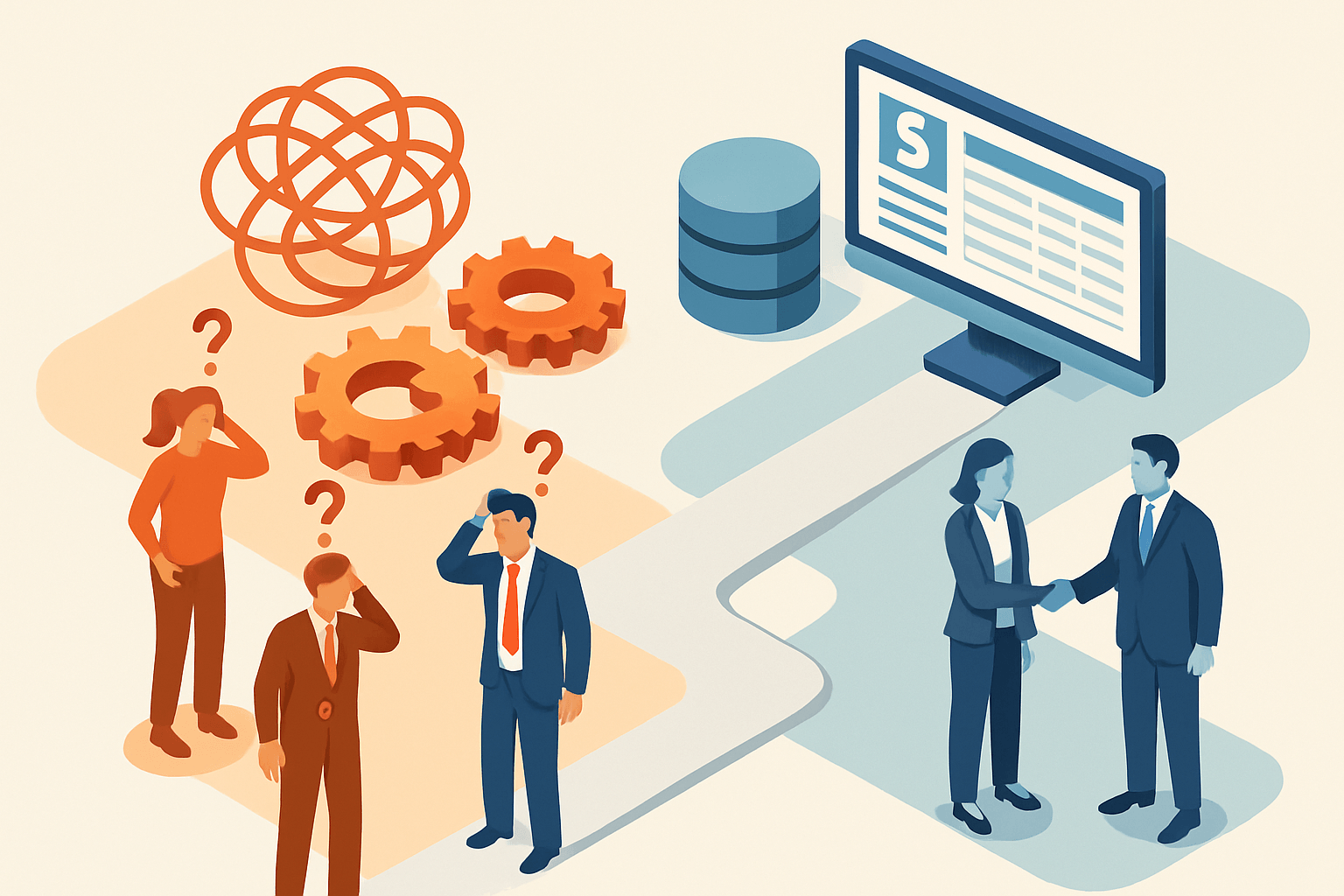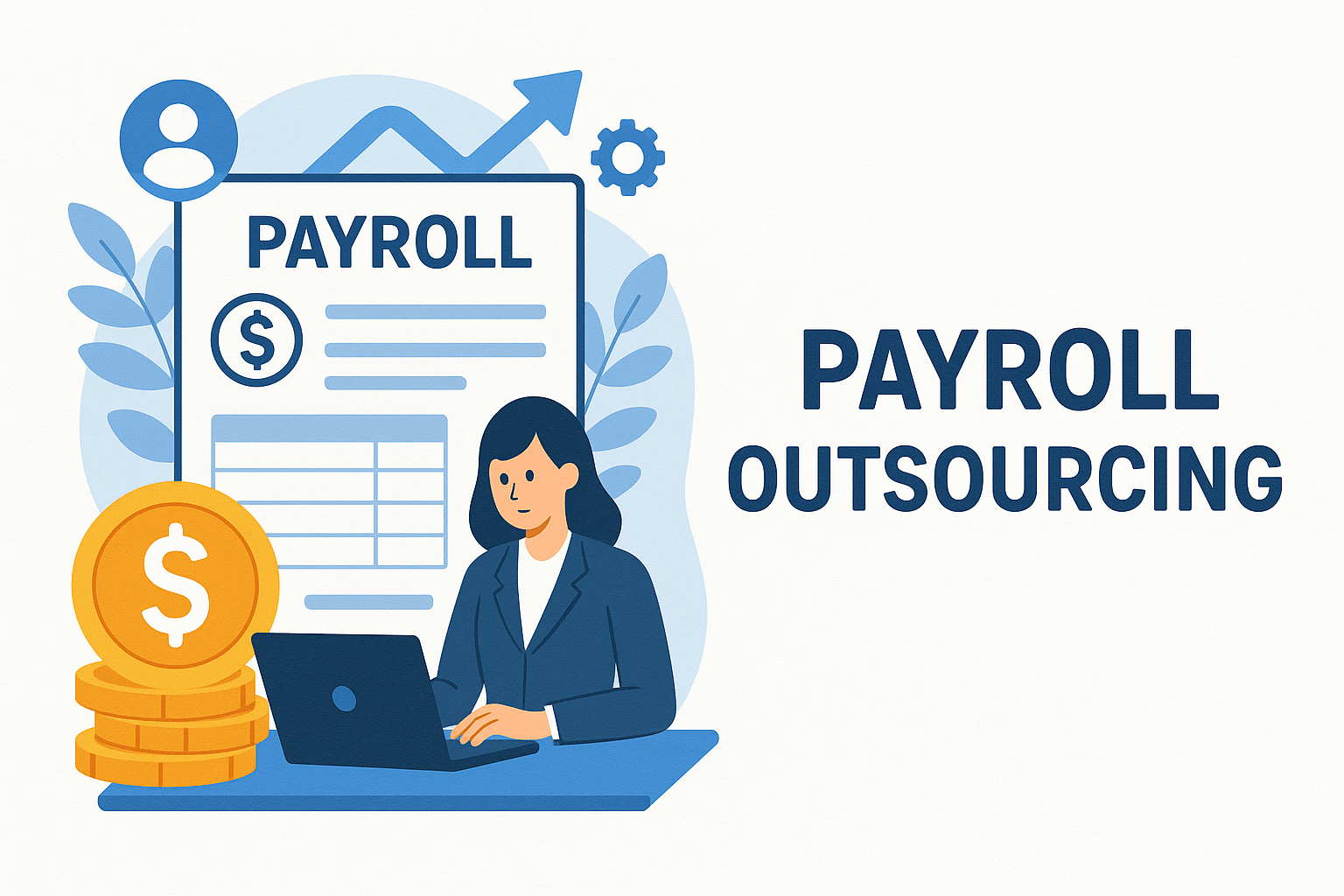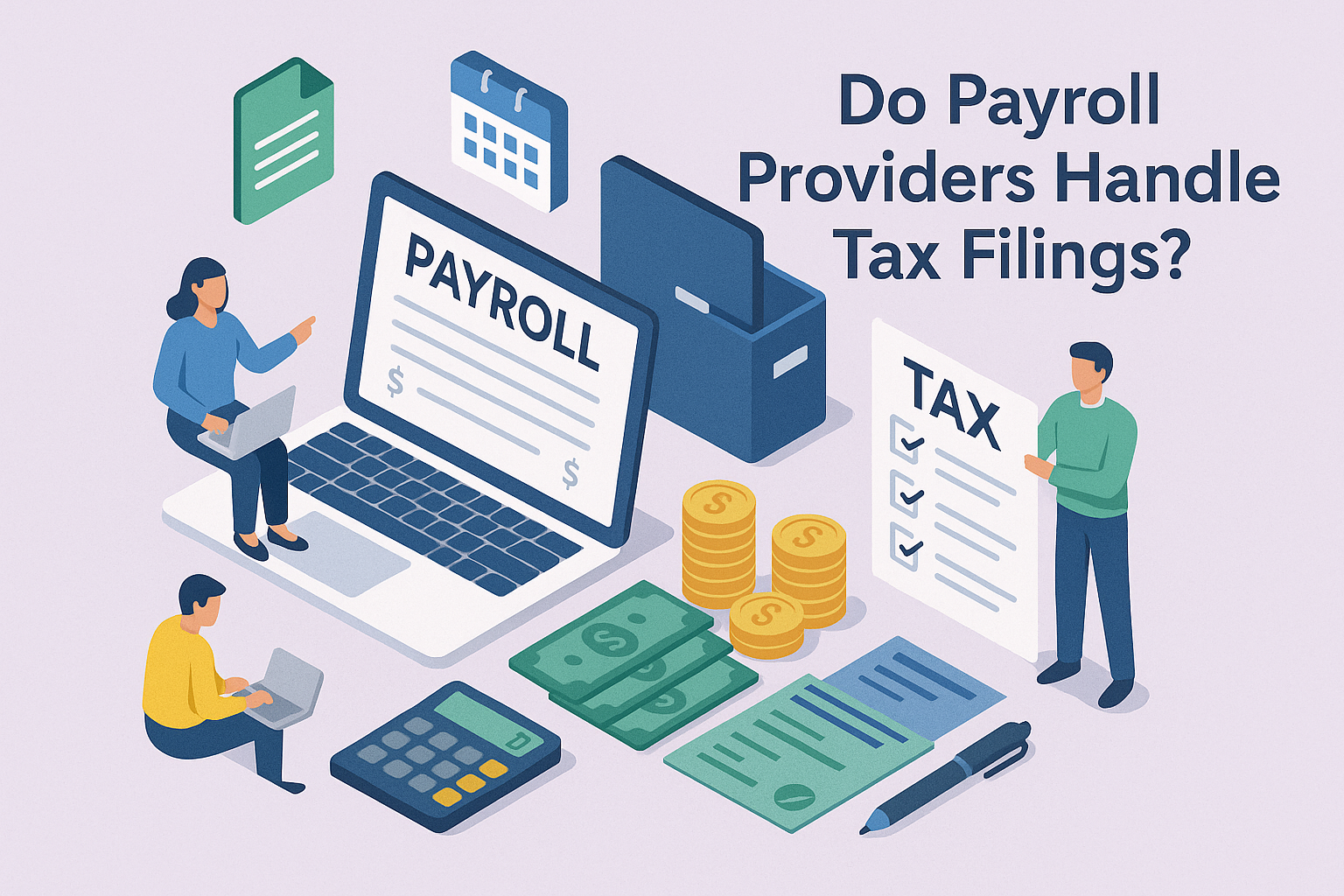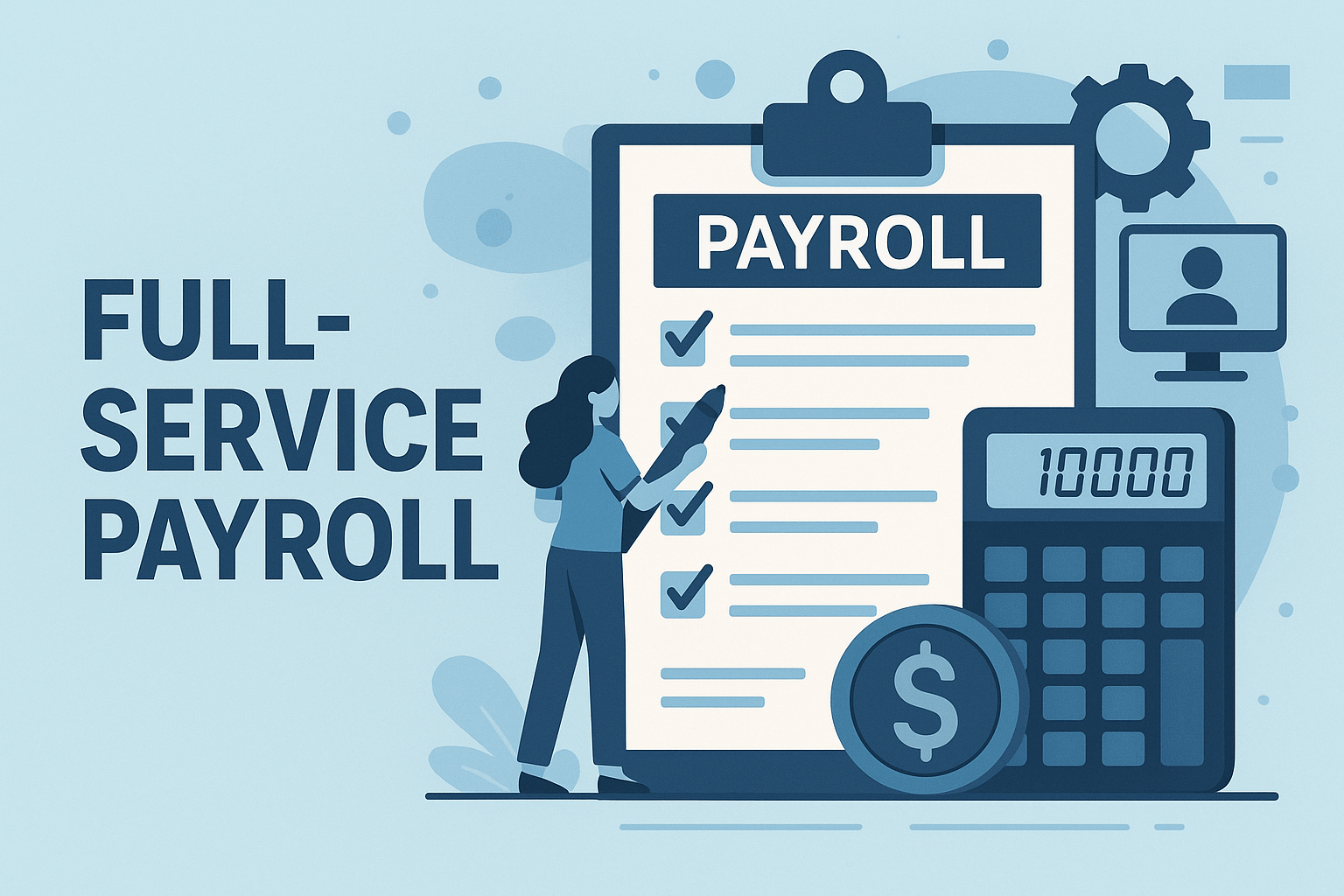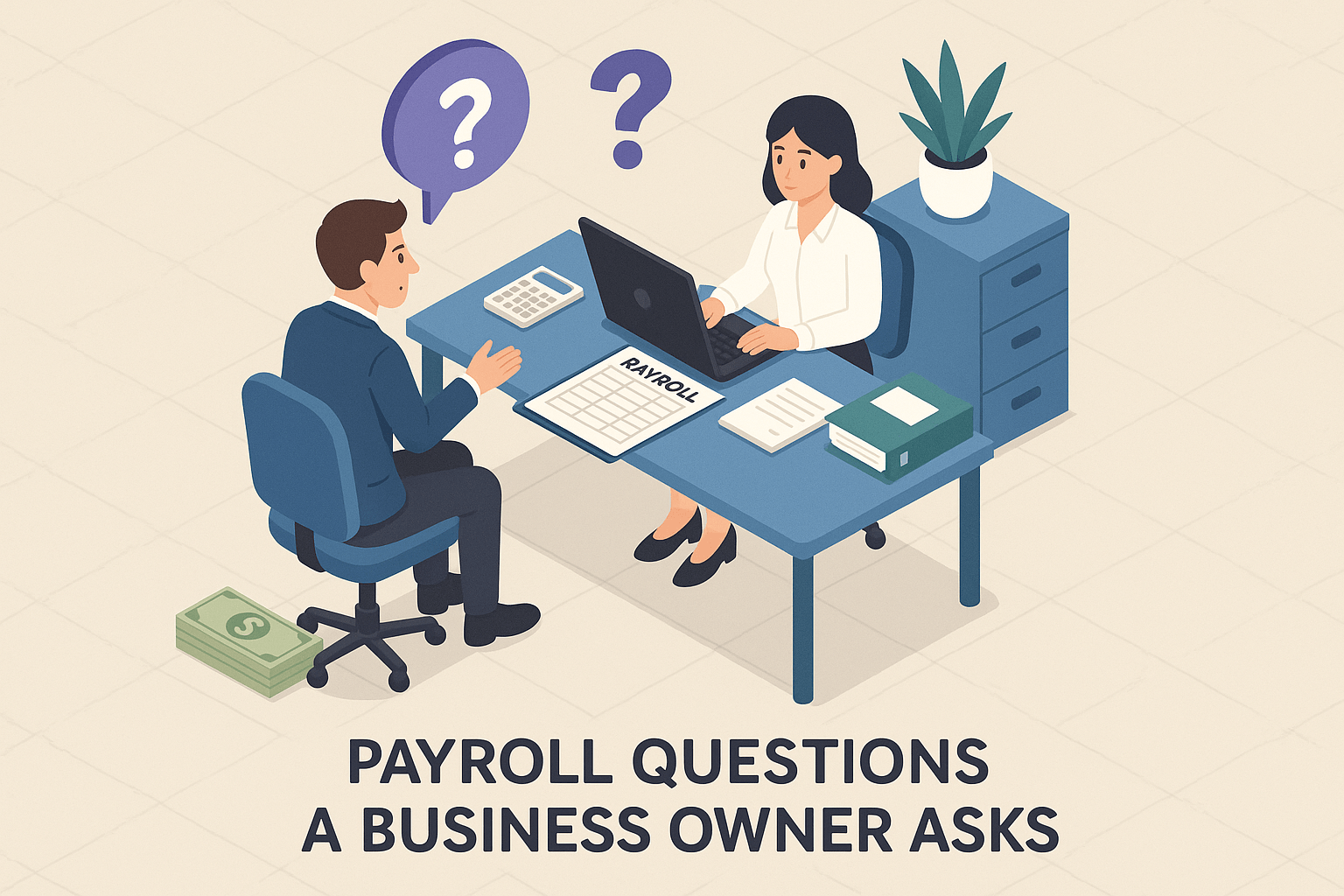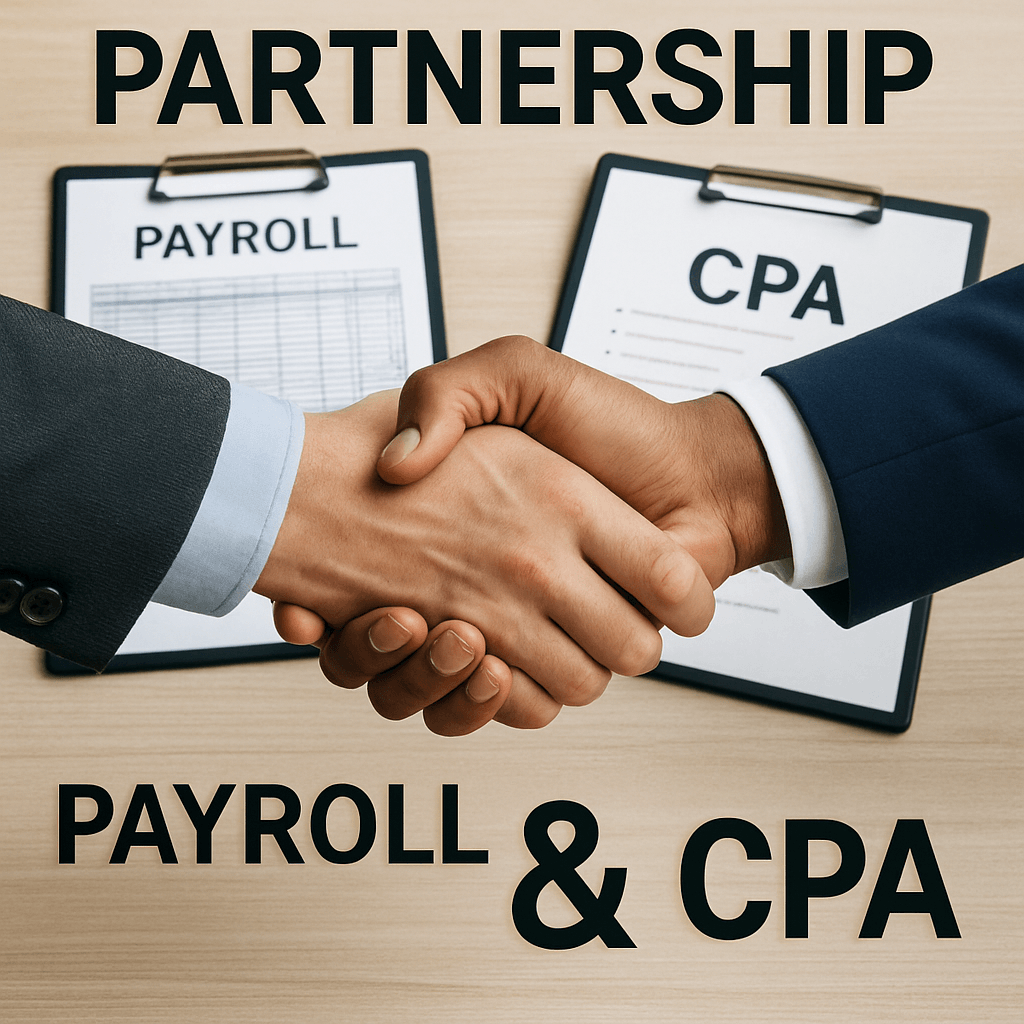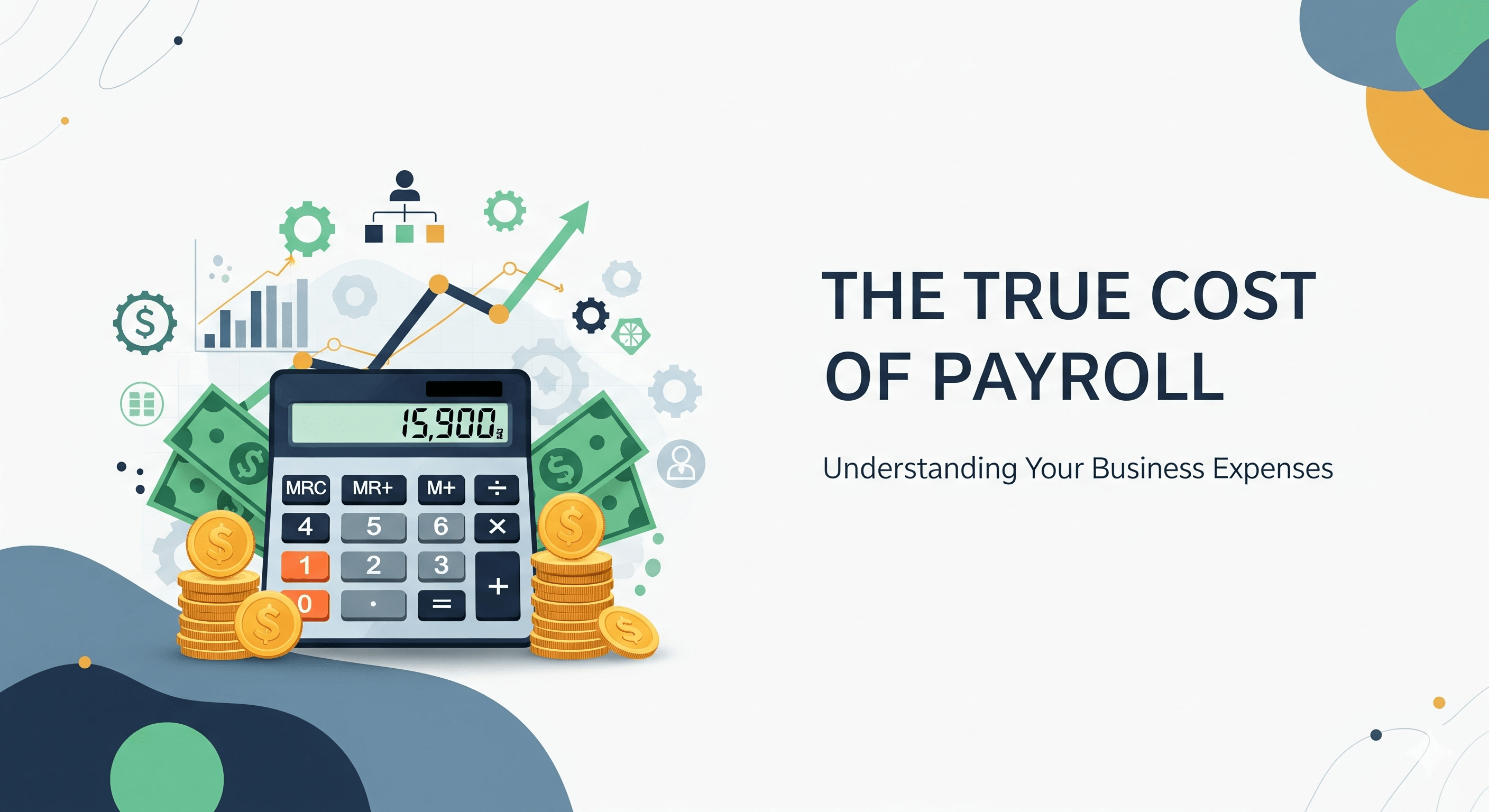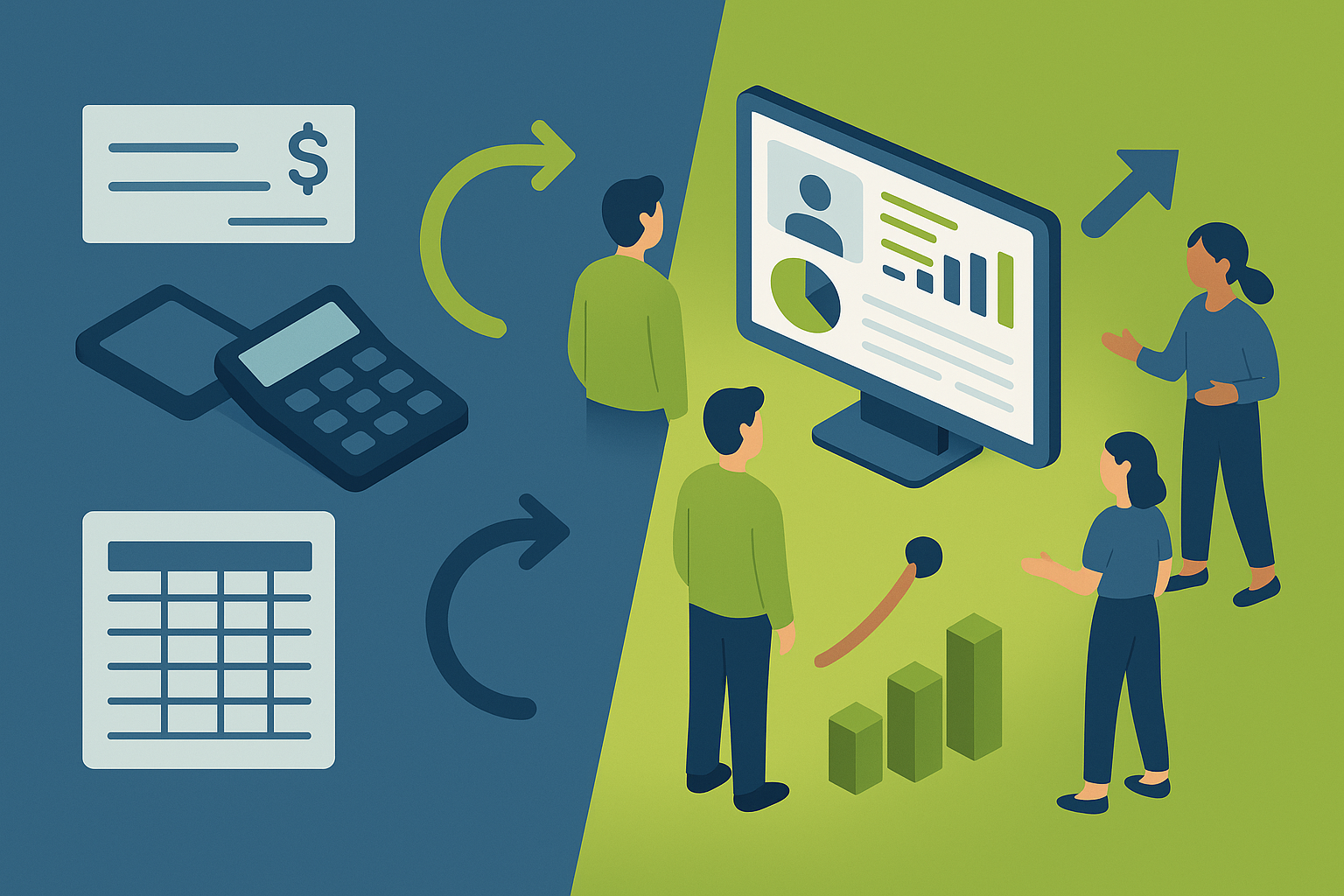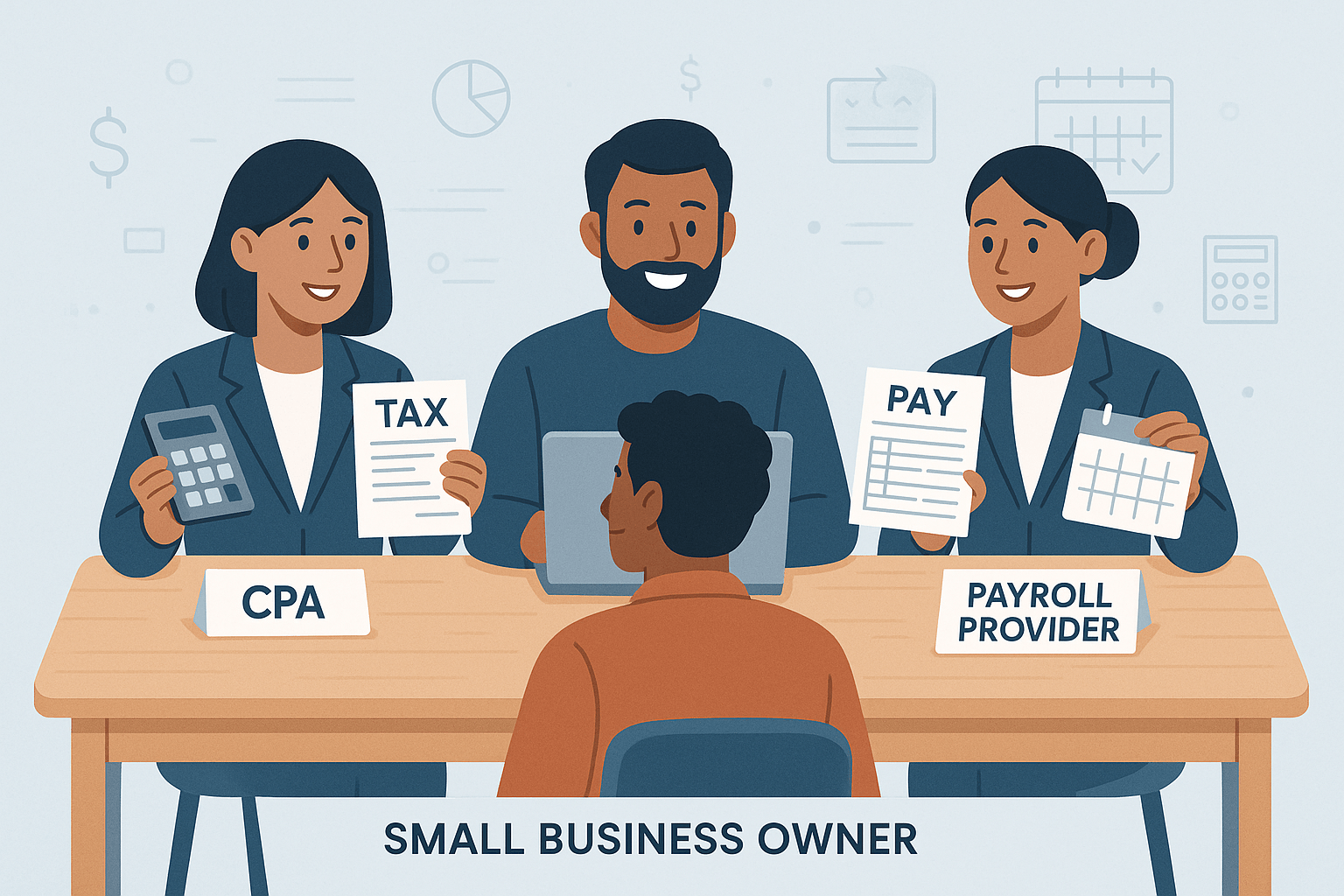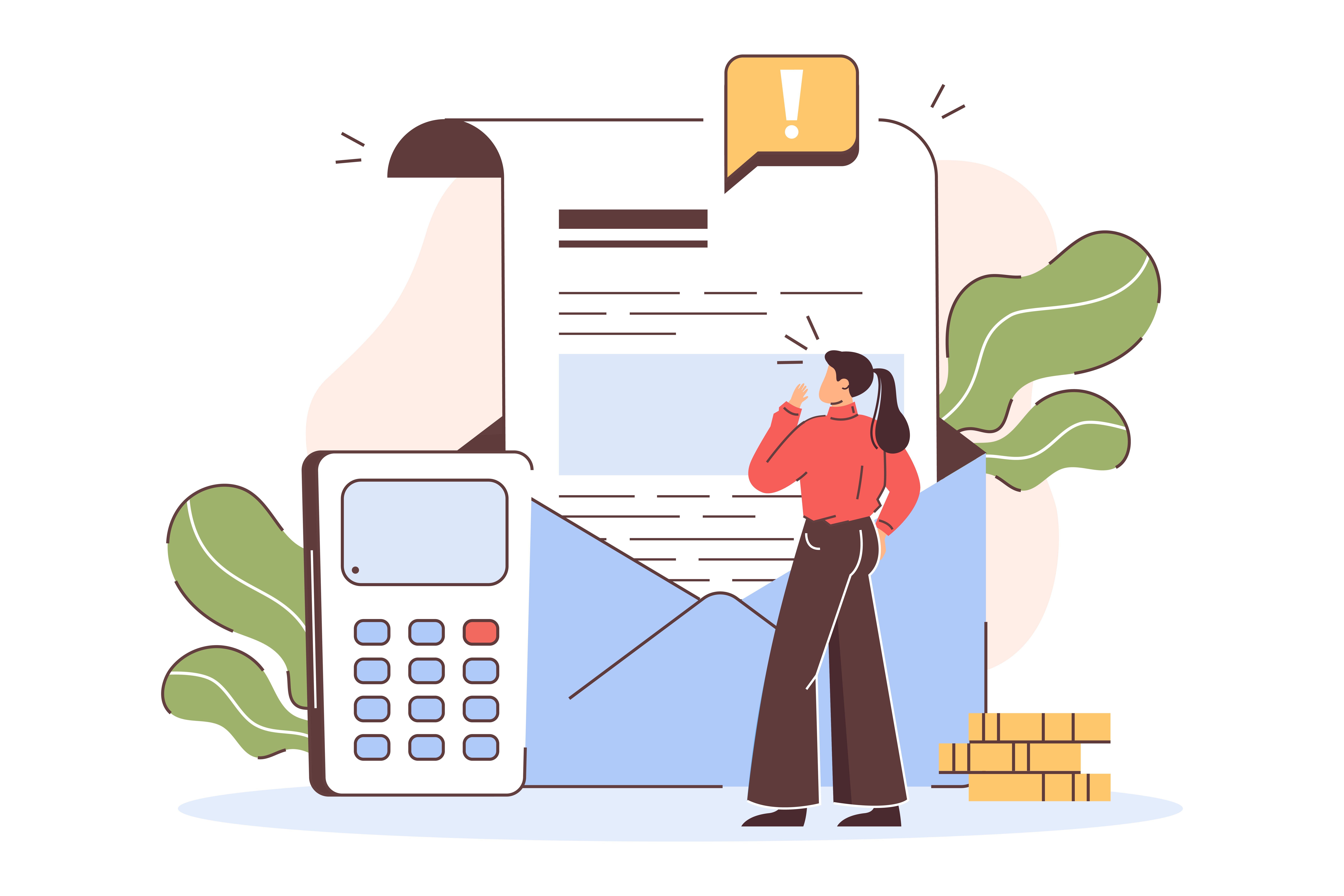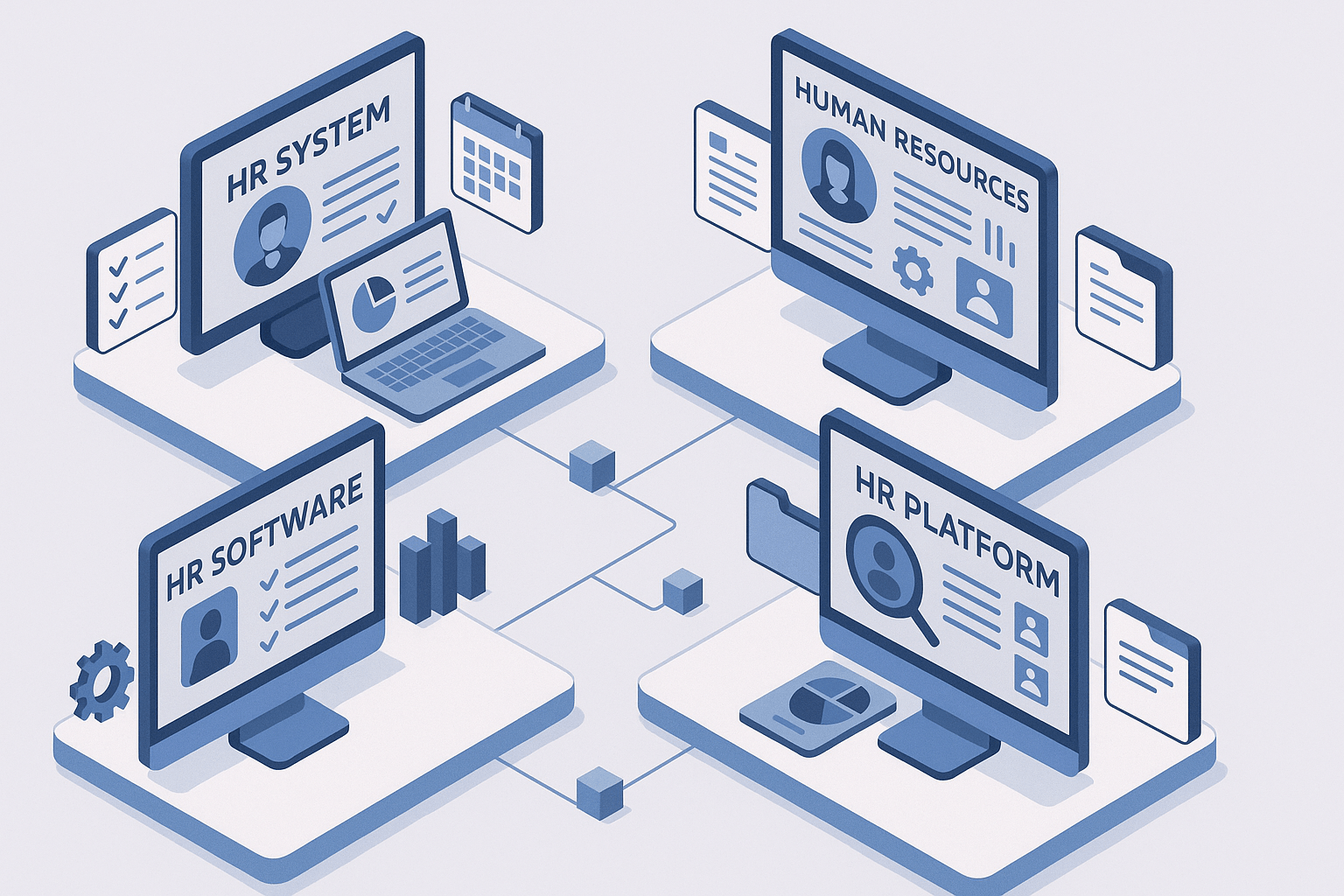Which HR Software Is Right? HRIS, HRMS, HCM Differences Explained
May 14th, 2025
8 min read
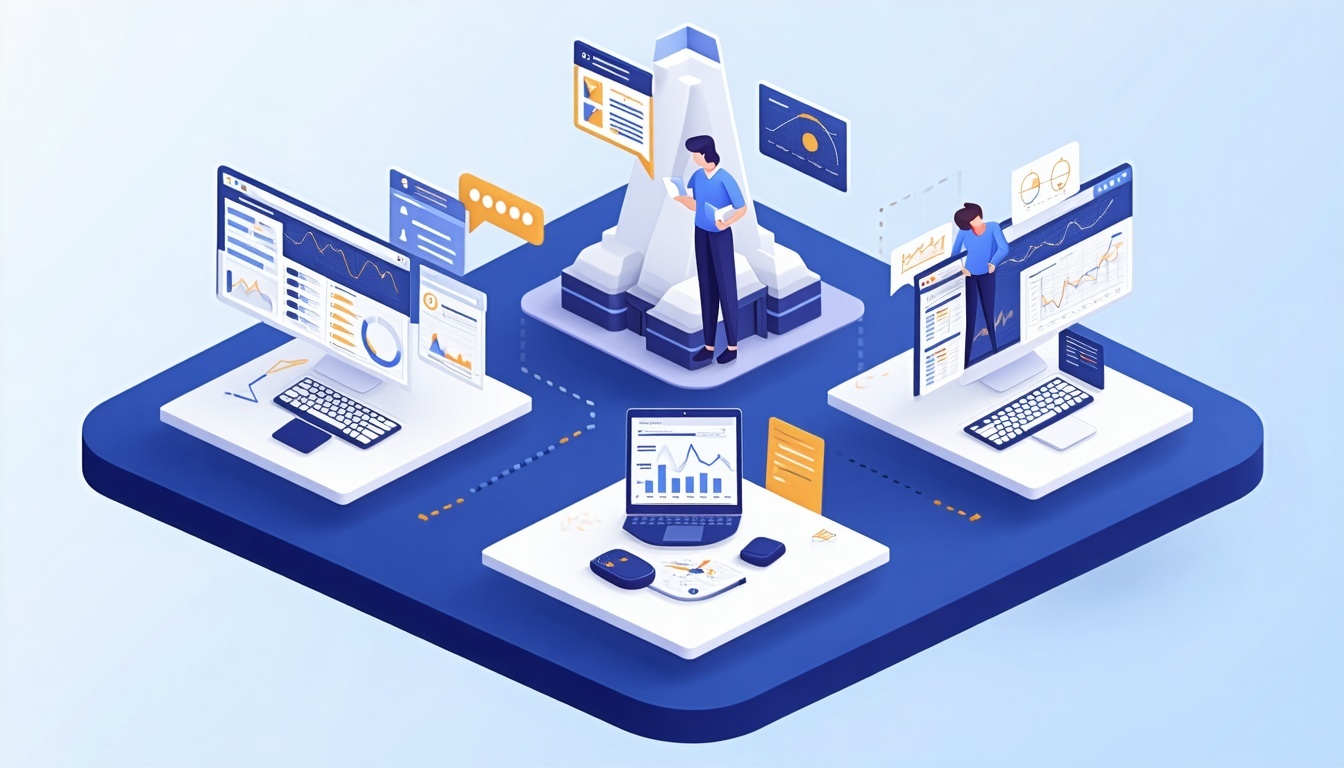
Are you trying to choose the right HR software but getting lost in a maze of acronyms like HRIS, HRMS, and HCM You're not the only one. According to a 2024 HR Technology survey, 67% of business leaders report significant confusion when selecting appropriate HR systems for their needs. Many HR professionals and business owners are searching for tools that help manage teams, automate payroll processing, stay compliant, and support company growth—without needing a dictionary to decode the options.
At Lift HCM, we've helped hundreds of businesses cut through the jargon and implement the right employee management solutions. We've seen firsthand how easy it is to pick the wrong system based on confusing terminology alone—and how that mistake can cost an average of $12,000 in wasted implementation costs, three months of productivity loss, and significant erosion of team trust.
In this article, we'll clearly explain the differences between HCM, HRMS, and HRIS software systems. You'll learn what each platform does, who benefits most from each solution, and how to choose the best HR automation tool for your company's unique needs and growth trajectory.
Table of Contents
- HRIS vs HRMS vs HCM: Key Differences Explained
- What Is an HRIS? Core Functionality Explained
- What Is an HRMS? Features and Benefits
- What Is HCM Software? Complete Platform Overview
- Feature Comparison: HRIS vs HRMS vs HCM Solutions
- How to Choose the Right HR Software for Your Business
- Your Path to HR Technology Success
- Frequently Asked Questions About HR Software Solutions
HRIS vs HRMS vs HCM: Key Differences Explained
These three terms often overlap in vendor marketing, but they differ significantly in scope, functionality, and strategic purpose. Understanding their distinct capabilities is essential for making a cost-effective decision that aligns with your organizational needs.
HRIS (Human Resources Information System) focuses on core administrative HR tasks—think employee data management, basic payroll processing, and compliance tracking. This foundational system serves as the digital record-keeping backbone for HR departments.
HRMS (Human Resource Management System) builds on HRIS capabilities with additional tools for performance management, recruiting automation, and streamlined onboarding processes. It handles the operational aspects of workforce management more comprehensively.
HCM (Human Capital Management) represents the most comprehensive solution, enhancing HRMS functionality with strategic workforce planning, talent development tools, and advanced analytics for ROI tracking. It transforms HR from an administrative function into a strategic business partner.
Think of it as a staircase of increasing functionality: HRIS is the first step handling essential data, HRMS is the second step managing operational processes, and HCM is the top platform addressing strategic people management.
Why the HR Software Terminology Confusion Exists
Vendor terminology is frequently reported as inconsistent and confusing in the HR technology market. This confusion stems from several factors:
- Vendors don't always adhere to industry-standard definitions. Many systems blend features from all three categories, making it difficult to determine what you're really getting.
- The HR technology landscape evolves rapidly, with boundaries between system types becoming increasingly blurred as capabilities expand.
- Marketing materials often emphasize buzzwords over functional specifications, leading to misaligned expectations.
According to a 2023 survey by Capterra, referenced by SHRM, 50% of HR employees reported that their software systems performed overlapping functions, highlighting system redundancies that can add to complexity and reduce productivity.
Understanding the foundation of each system will help you ask the right questions during demos and product comparisons, ensuring you invest in the right HR technology solution.
What Is an HRIS? Core Functionality Explained
A Human Resources Information System (HRIS) serves as your digital employee record-keeping system—the foundation of HR technology. It's where you store and manage essential employee information including job titles, pay rates, compliance forms, time-off balances, and benefits enrollment. An HRIS isn't designed for advanced workforce planning or talent development—it's built specifically for organization, compliance, and basic HR process management.
Core Functions and Features of HRIS Software
Employee Data Management
- Centralized employee records and demographic information
- Job and salary history tracking with digital documentation
- Benefits enrollment and life event management
Compliance and Documentation
- Required form management (W-4, I-9, etc.)
- Policy acknowledgment tracking
- Basic compliance reporting capabilities
Fundamental HR Processes
- Basic time-off tracking and approval workflows
- Simple reporting for headcount and turnover
- Elementary employee directory and organization charts
For example, BambooHR highlights how automating tasks like managing documentation with e-signatures can save considerable time per document and reduce associated printing/copying costs. Research also indicates HRIS solutions significantly decrease compliance-related risks by centralizing data and automating reminders.
Who Benefits Most from Using an HRIS?
HRIS solutions are ideal for:
- Startups or small businesses with fewer than 50 employees
- Organizations with limited HR budgets seeking core functionality
- Companies transitioning from manual spreadsheets to digital records
- Businesses primarily concerned with compliance and record-keeping
- Organizations just beginning their HR technology journey
Choose HRIS when you need:
- Digital employee records management on a limited budget
- Basic time-off tracking and benefits administration
- Compliance documentation and simple reporting
- A foundation for future HR technology growth
What Is an HRMS? Features and Benefits
A Human Resource Management System (HRMS) serves as your day-to-day HR operations hub. It includes everything in a basic HRIS—but adds more robust tools for managing people and processes throughout the employee lifecycle. While it may include some talent management capabilities, an HRMS is primarily focused on operational efficiency and process automation rather than long-term strategic workforce planning.
Core Functions and Features of HRMS Platforms
Employee Lifecycle Management
- Streamlined applicant tracking and hiring workflows
- Digital onboarding with automated documentation
- Structured performance review processes and tracking
Operational Efficiency
- Integrated payroll processing with tax management
- Time and attendance tracking with scheduling capabilities
- Employee self-service portals for information access and updates
Compliance and Reporting
- Automated regulatory compliance monitoring
- Standard and customizable reporting capabilities
- Document management with secure storage and retrieval
According to a Forrester study referenced by Deel, companies using payroll solutions have reported seeing notable time savings in administration, such as 60% less time on payroll processing.
Who Benefits Most from Using HRMS?
HRMS platforms provide optimal value for:
- Small to mid-sized companies (50-250 employees) with growing HR complexity
- Organizations needing to streamline operations across the employee lifecycle
- Companies with limited HR staff looking to automate routine administrative tasks
- Businesses seeking better visibility into workforce costs and compliance requirements
- Organizations transitioning from manual processes to digital HR management
Choose HRMS when you need:
- Comprehensive employee lifecycle management
- Integrated time, attendance, and payroll processing
- Basic performance management and recruiting
- Operational efficiency and process automation
What Is HCM Software? Complete Platform Overview
Human Capital Management (HCM) software takes a big-picture, strategic approach to managing your workforce. It provides comprehensive tools that span the entire employee lifecycle—from talent acquisition and onboarding to performance management, compensation planning, and succession strategies.
HCM platforms represent the most robust solution in the HR software spectrum, treating employees as valuable assets ("human capital") whose development directly impacts business outcomes. Think of it like a coach for your organization—focused not just on administrative efficiency today, but on helping your people grow and succeed over time to drive business results.
Core Functions and Features of HCM Systems
Strategic Talent Management
- Recruiting and applicant tracking with AI-powered candidate matching
- Comprehensive onboarding workflows with automated task assignment
- Goal alignment and continuous performance management tools
Workforce Development
- Personalized learning and development platforms
- Career pathing and succession planning capabilities
- Skills gap analysis and competency tracking
Data-Driven Decision Making
- Advanced workforce analytics and customizable dashboards
- Predictive modeling for turnover risk and hiring needs
- Benchmarking tools for compensation and performance
While specific figures vary across research, studies indicate that comprehensive HR systems and initiatives focused on employee engagement and development, which are core to HCM, are strongly linked to increased workforce productivity and improved employee retention rates.
For example, HR Morning reports on research showing organizations with highly engaged employees have reported higher profitability and lower turnover. Additional research cited by HR Morning indicates that implementing tools that improve onboarding and performance management through HCM can also enhance employee performance and boost engagement and retention.
Who Benefits Most from Using HCM?
HCM solutions deliver the greatest value to:
- Growing mid-sized businesses and enterprises with 100+ employees
- Organizations with multiple locations, complex hierarchies, or remote teams
- Companies focused on talent development and maintaining leadership pipelines
- Businesses requiring sophisticated compliance management across jurisdictions
- Organizations seeking to align HR initiatives with strategic business objectives
Choose HCM when you need:
- Strategic workforce planning and analytics
- Advanced talent acquisition and development
- Succession management and career pathing
- Cross-functional HR insights for business decisions
Feature Comparison: HRIS vs HRMS vs HCM Solutions
When evaluating HR software options, understanding the specific functionality differences is crucial for making an informed decision. The following comparison highlights the key capabilities of each system type:

How to Choose the Right HR Software for Your Business
Selecting the appropriate HR technology solution requires thoughtful analysis of your organization's current needs, growth trajectory, and strategic objectives. The following structured approach will help you navigate the selection process effectively.
Assessment: Determining Your Organization's Needs
Company Size and Growth Trajectory
- What is your current headcount and projected growth over the next 3-5 years?
- How complex is your organizational structure (multiple locations, departments, job types)?
- What level of HR expertise exists within your organization?
Small companies with stable headcounts may find an HRIS sufficient, while rapidly growing organizations typically benefit from the scalability and comprehensive features of HRMS or HCM solutions.
External research from RemotePass and Zinc Work supports that growth necessitates more robust and scalable HR infrastructure to maintain efficiency and a positive employee experience.
Operational vs. Strategic Focus
- Are you primarily concerned with administrative efficiency or strategic workforce development?
- Do you need basic compliance tools or advanced talent management capabilities?
- What HR metrics are most important to your executive leadership?
Organizations focused on cost reduction and operational efficiency often start with HRMS systems, while those prioritizing talent development and strategic alignment benefit most from HCM platforms.
Technical Considerations
- What existing systems (payroll, benefits, finance) require integration?
- Do you need mobile accessibility for managers and employees?
- What level of customization will your processes require?
What to Look for in an HR Software Vendor
Choosing the right HR technology isn't just about features—it's about selecting the right long-term partner. Your HR software vendor should serve as a trusted advisor and ongoing support resource throughout your implementation and beyond.
Evaluation Criteria for HR Technology Partners
Implementation Support and Training
- Dedicated implementation team with clear methodology
- Comprehensive training for administrators and end-users
- Documented implementation timeline with defined milestones
- Data migration assistance and validation processes
Ongoing Support Quality
- Availability of dedicated account managers vs. general help desk
- Support hours and average response times
- Availability of user community and knowledge base resources
- Regular system health checks and optimization reviews
When evaluating vendors, request their support metrics, including average time-to-resolution for different issue priorities and customer satisfaction ratings.
System Reliability and Security
- Uptime guarantees and historical performance
- Data security certifications and compliance (SOC 2, GDPR, etc.)
- Backup and disaster recovery procedures
- Mobile security features and protocols
Product Roadmap and Innovation
- Frequency of product updates and enhancements
- Customer input opportunities for future development
- Alignment between vendor roadmap and your business needs
- History of successful innovation and adaptation
Best practice: Request the product roadmap for the past two years as well as the upcoming year to assess how effectively the vendor delivers on planned enhancements.
Industry Expertise and Reputation
- Experience with organizations of similar size and complexity
- Specific knowledge of compliance requirements in your industry
- Customer retention rates and satisfaction metrics
- Third-party reviews and industry analyst assessments
Your Path to HR Technology Success
You now understand the differences between HCM, HRMS, and HRIS systems, enabling informed HR technology decisions. The right software aligns with your organization's size, growth, and priorities. An HRIS suits small businesses for basic record-keeping, HRMS enhances efficiency for mid-sized firms, and HCM offers strategic advantages for larger enterprises.
At Lift HCM, we focus on transforming people management with tailored HR and payroll solutions powered by isolved People Cloud, supported by real people. Whether streamlining payroll or developing talent strategies, at Lift HCM, we help you grow and scale effectively.
Frequently Asked Questions About HR Software Solutions
What is the primary difference between HRIS and HRMS systems? HRIS systems manage core employee data and basic HR tasks, while HRMS adds advanced payroll, time tracking, and talent management, expanding on HRIS with broader lifecycle tools.
Is HCM software only suitable for large enterprise organizations? HCM solutions, though comprehensive for larger organizations, are also suitable for mid-sized businesses with strategic HR needs. Many platforms offer modular options, enabling organizations to implement necessary components initially.
What is the typical implementation timeline for each system type? HRIS implementations take 1-2 months, HRMS 2-4 months, and HCM 3-6 months, based on complexity and readiness. Planning and resource allocation are key to staying on schedule.
Can we upgrade from HRIS to HRMS or HCM as our organization grows? Many vendors offer modular platforms to start with HRIS and add HRMS or HCM as needed. However, not all systems upgrade seamlessly—evaluate vendors for scalability to avoid costly replacements.
How do we calculate the ROI of HR software investments? HR technology ROI should factor in direct savings (less admin time, paper use, errors), indirect benefits (better compliance, decision-making), and strategic value (lower turnover, quicker hiring, enhanced engagement). Most see ROI in 6-18 months based on system type.
What makes Lift HCM different from other HR technology providers? Lift HCM integrates isolved People Cloud technology with personalized support, offering strategic guidance, optimization reviews, and industry expertise to maximize your HR technology's value.
Caitlin Kapolas is a results-driven professional with a strong background in account management and retail. She is dedicated to improving client experiences and building lasting relationships. Caitlin excels in identifying client needs, resolving issues, and implementing customized solutions that drive value. Her effective communication skills ensure high client satisfaction and loyalty, making her a trusted advisor and partner in meeting client needs with precision and professionalism.
Topics:









